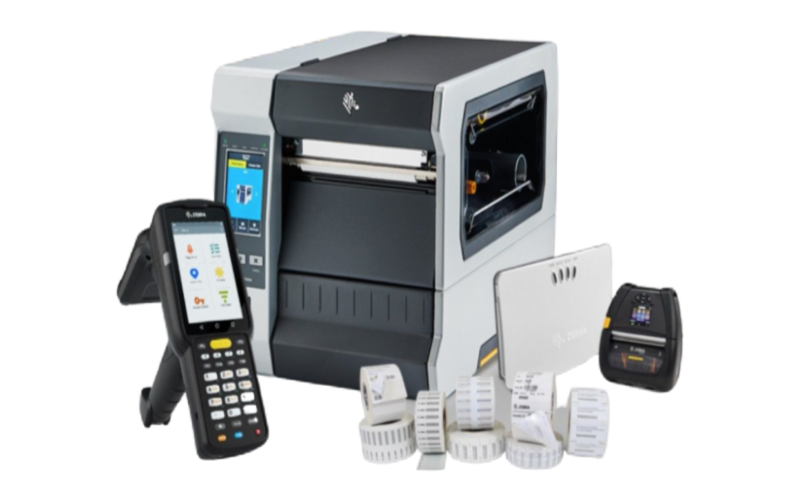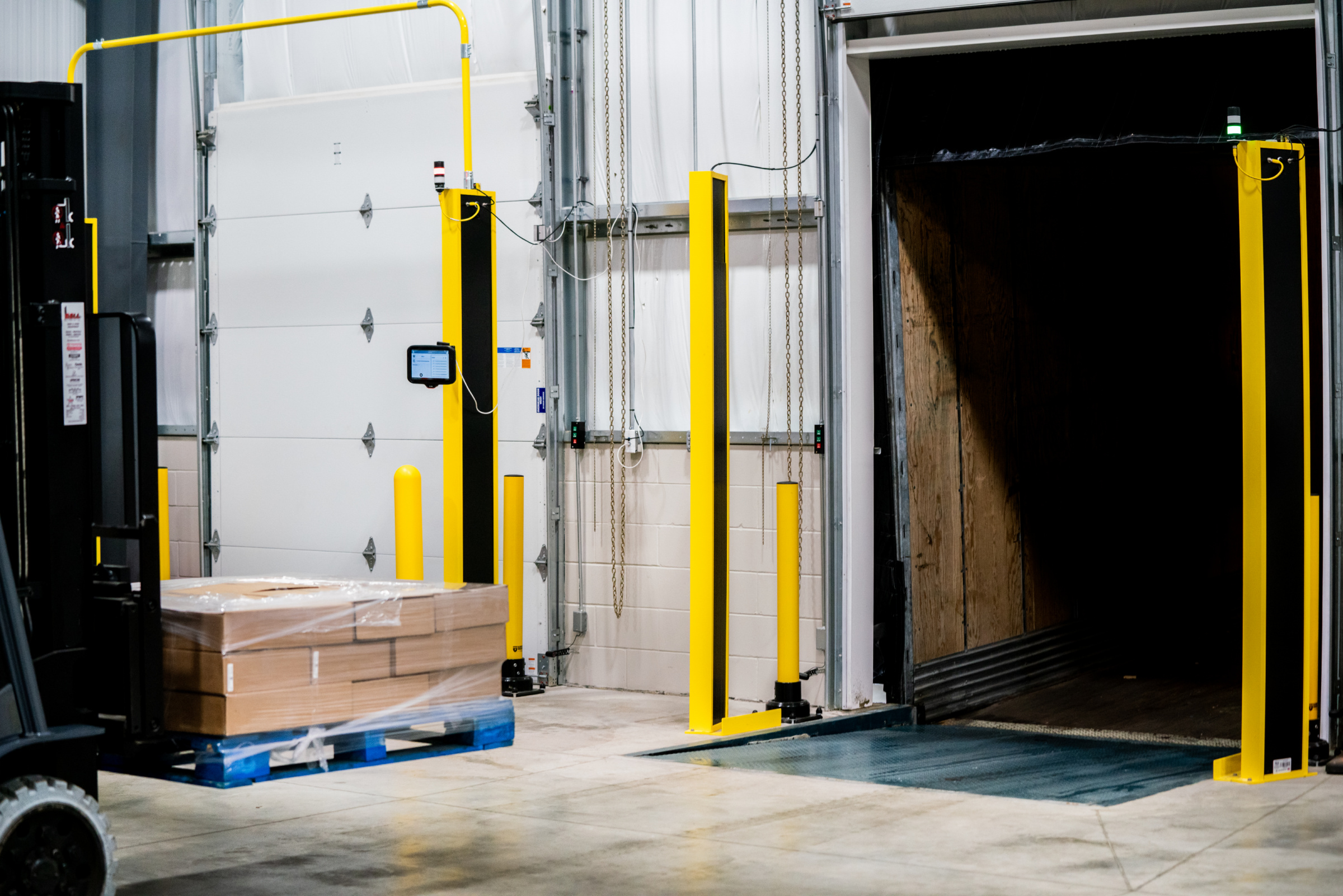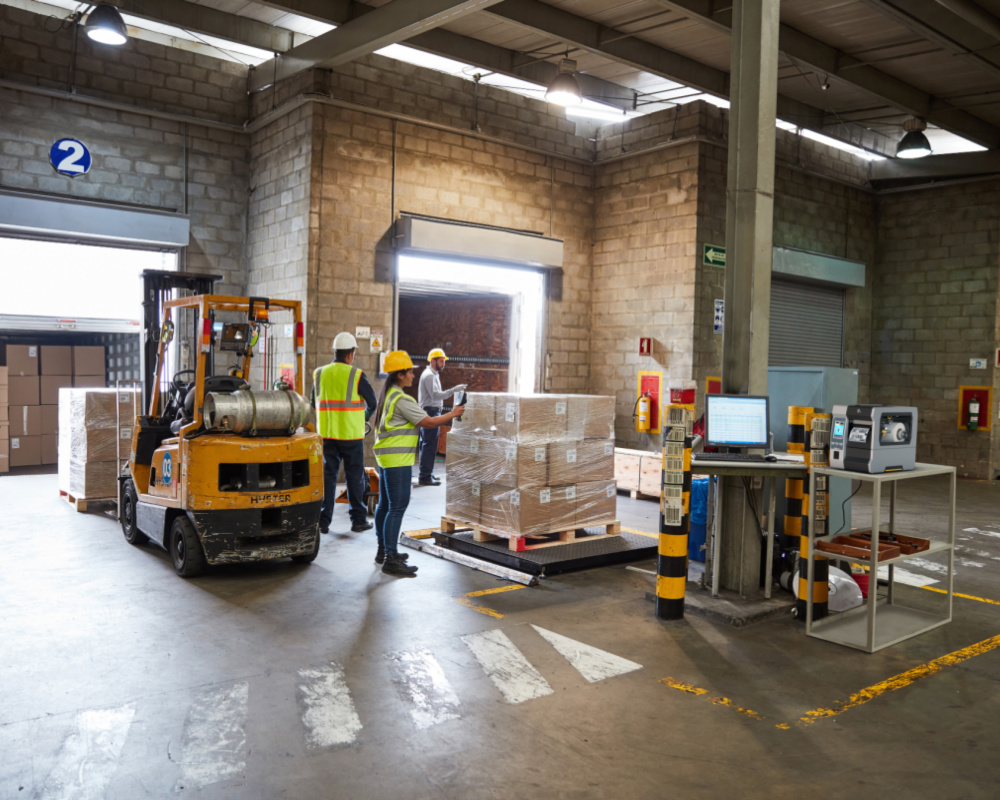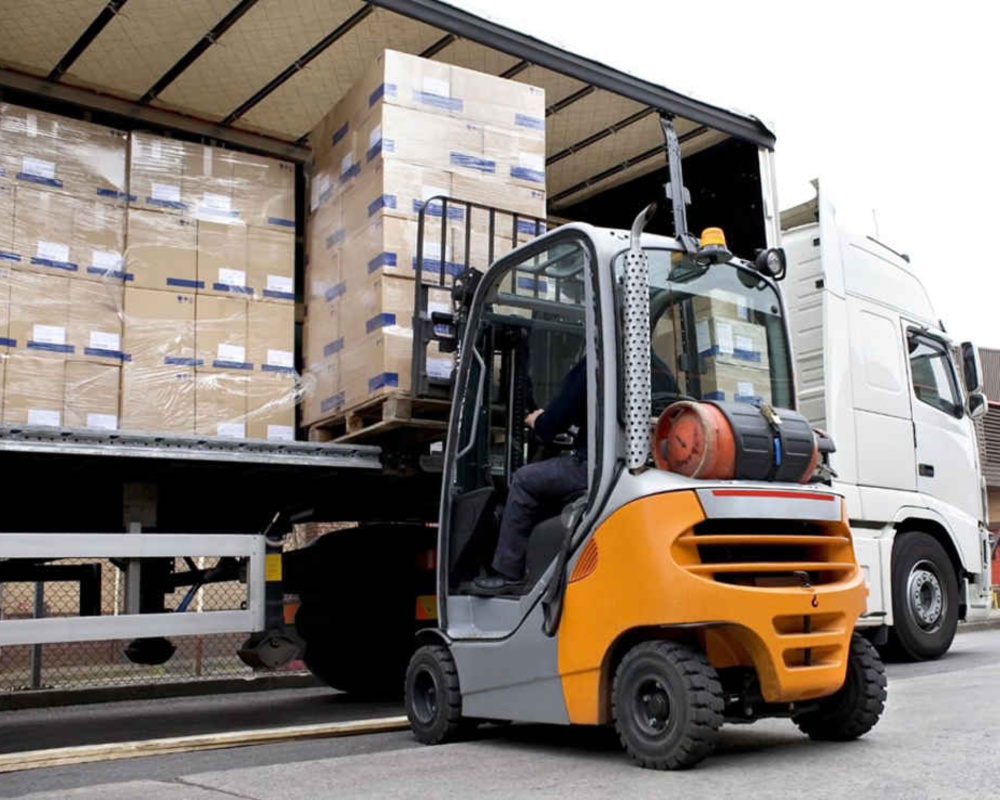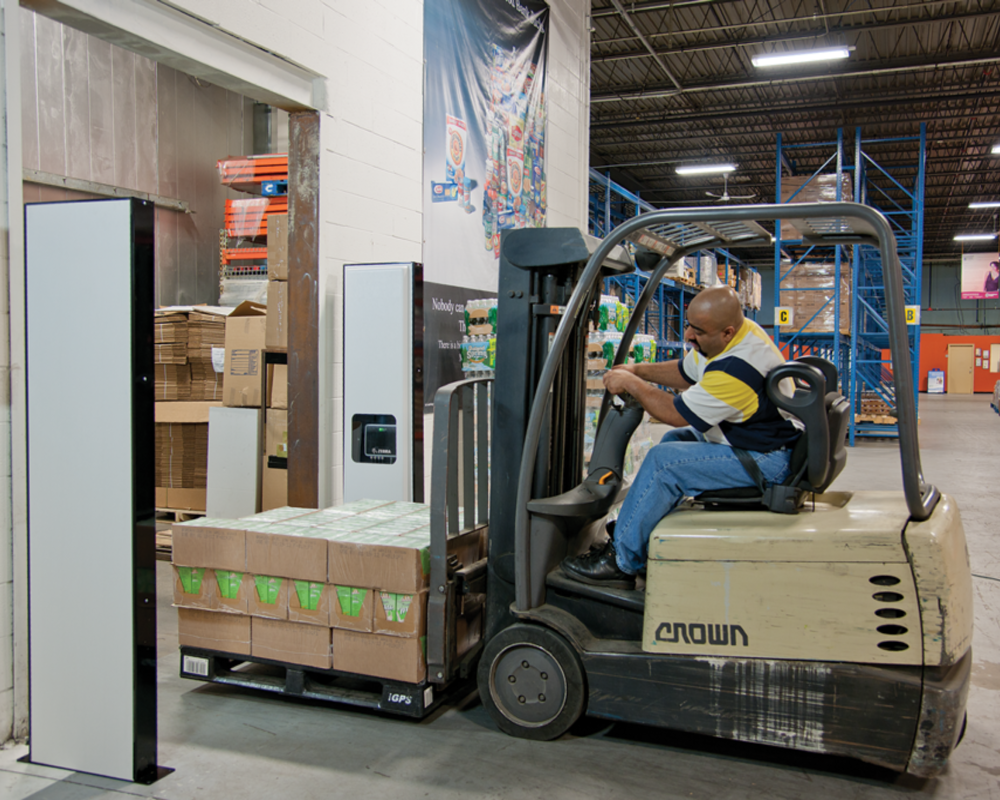In the fast-paced world of logistics and supply chain management, efficiency is key. In the past, warehouse and distribution operations have relied on manual processes involving pen and paper to manage inventory, orders, and shipments. However, with advancements in technology, the shift towards fully automated warehouse management systems (WMS) has become not only desirable but necessary for staying competitive in the market.
The Need for Automation
Manual systems, while once the norm, are prone to errors, inefficiencies, and are increasingly unable to keep up with the demands of modern logistics. As businesses grow and customer expectations evolve, the ability to track inventory in real-time, streamline order processing, and optimize warehouse space has become crucial.
Benefits of Automated Warehouse Management Systems
-
Increased Efficiency: Automation reduces human error, speeds up processes, and minimizes the time spent on repetitive tasks such as data entry and inventory tracking.
-
Improved Accuracy: Automated systems provide real-time, accurate data on inventory levels, order status, and shipment tracking, reducing the likelihood of errors and delays.
-
Enhanced Visibility: Managers gain better visibility into operations through comprehensive reporting and analytics, allowing for informed decision-making and proactive problem-solving.
-
Optimized Space Utilization: WMS can optimize warehouse layout and storage, ensuring efficient use of available space and reducing storage costs.
-
Scalability: Automated systems can easily scale with business growth, accommodating increased inventory volumes and order complexity without significant additional overhead.
Overcoming Challenges in Implementation
Transitioning from pen and paper to a fully automated WMS can be daunting. Here are key steps to facilitate a smooth transition:
-
Assessment and Planning: Conduct a thorough assessment of current processes, identify pain points, and outline objectives for automation. Develop a detailed implementation plan with clear milestones.
-
Choosing the Right System: Select a WMS that aligns with your business needs and growth strategy. Consider factors such as scalability, integration capabilities with existing systems, and user-friendliness.
-
Training and Change Management: Invest in training programs to ensure staff are proficient in using the new system. Address any resistance to change through effective communication and by highlighting the benefits of automation.
-
Integration with Existing Systems: Ensure seamless integration between the WMS and other enterprise systems such as ERP (Enterprise Resource Planning) and CRM (Customer Relationship Management) to enable smooth data flow and enhance operational efficiency.
-
Continuous Improvement: Regularly review system performance and seek feedback from users to identify areas for optimization and further automation.
Case Studies and Success Stories
Several companies have successfully made the transition to automated WMS, resulting in significant improvements in efficiency and customer satisfaction. For instance, companies in industries ranging from e-commerce to manufacturing have reported faster order processing times, reduced fulfillment errors, and better inventory management after implementing automated systems.
The Future of Warehouse Management
As technology continues to evolve, the future of warehouse management lies in further integration of artificial intelligence (AI), machine learning, and IoT (Internet of Things) devices. These advancements will enable predictive analytics, autonomous operations, and even more efficient use of resources within warehouses. While transitioning from pen and paper to a fully automated WMS requires careful planning and investment, the benefits far outweigh the challenges. By embracing automation, warehouse and distribution organizations can not only improve operational efficiency and accuracy but also position themselves for sustained growth in a competitive market landscape. Take action today and Contact a ValuTrack Technology Specialist to learn more about how we can help take your warehouse operations from pen and paper to a set of fully automated processes

Explore Warehouse Management Solutions
Warehouse management is an essential component for businesses looking to constantly meet consumer demand. A well-managed warehouse ensures the smooth flow of goods and materials as they move from the receiving dock to distribution and shipping. By efficiently managing these processes, warehouses can enhance productivity, minimize costs, and meet customer expectations.
We’re Here to Help
Contact us to Start the Modernization Process
Looking for more information about a specific technology solution? Feel free to ask us about pricing, data sheets, and demos, or schedule a free in-person/online consultation for strategic guidance from one of our experts.
Fill out the inquiry form or contact us to start the process.

